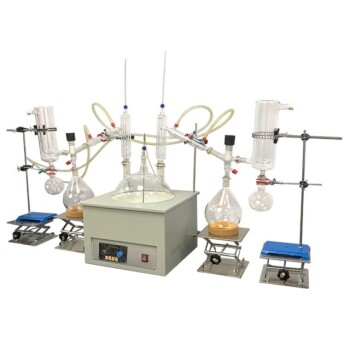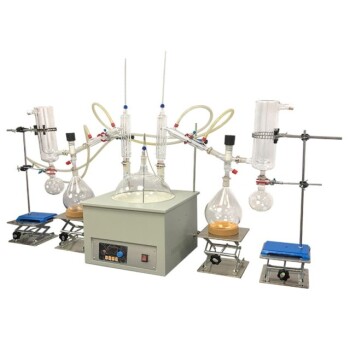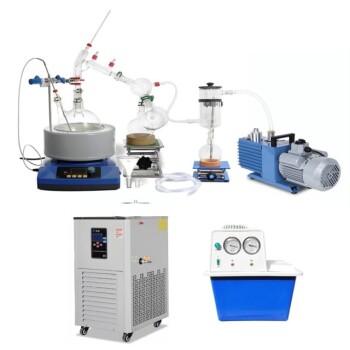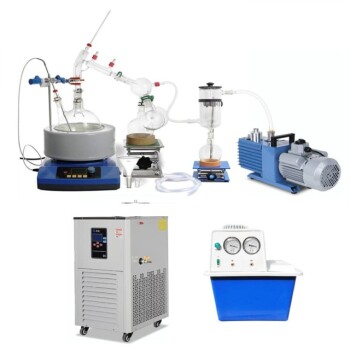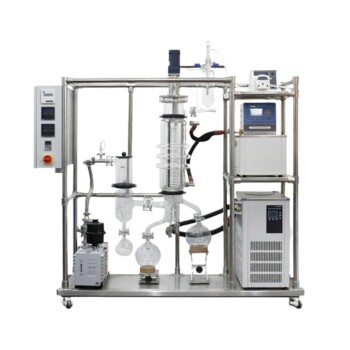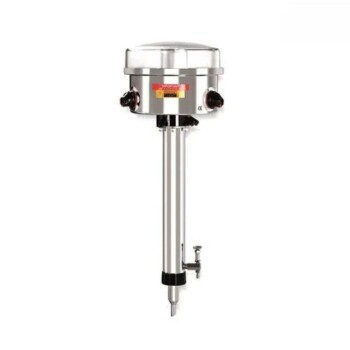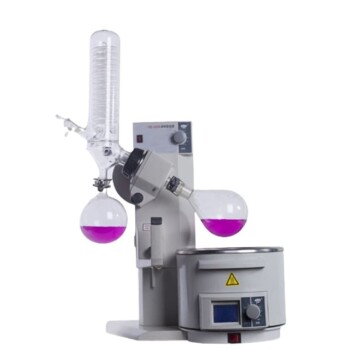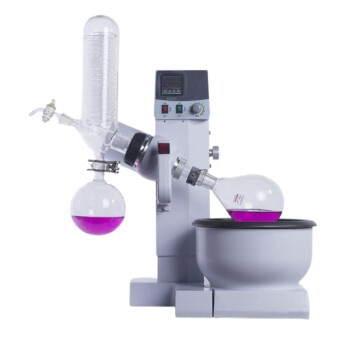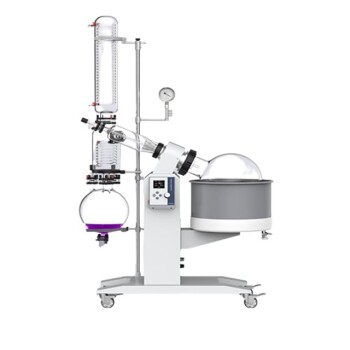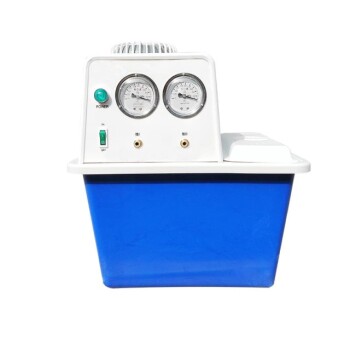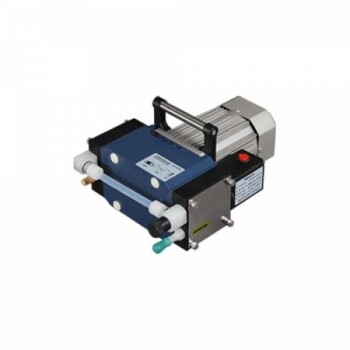Short-path distillation is a specialized technique used for separating and purifying high boiling point and heat-sensitive materials. It operates under reduced pressure, which lowers the boiling points of substances, allowing for efficient distillation without thermal degradation. This method is widely applied in industries such as pharmaceuticals, food, cosmetics, and fine chemicals. It is particularly useful for processes like deodorization, decolorization, and purification of valuable compounds, as well as for extracting and concentrating natural and synthetic substances like vitamins, oils, and plant extracts. The process involves heating the material in a vacuum, condensing the vapors, and collecting the purified components in separate fractions.
Key Points Explained:

-
Purpose of Short-Path Distillation:
- Short-path distillation is designed for the separation and purification of high boiling point and heat-sensitive materials. It is particularly effective for substances that decompose, oxidize, or polymerize at high temperatures.
- By operating under reduced pressure, the boiling points of these materials are lowered, enabling distillation without causing thermal damage.
-
Applications in Various Industries:
- Pharmaceuticals: Used for extracting and purifying active pharmaceutical ingredients (APIs), vitamins, and other heat-sensitive compounds.
- Food Industry: Applied in the processing of edible oils, concentration of natural extracts, and removal of solvent residues.
- Cosmetics: Utilized for purifying oils, fragrances, and other cosmetic ingredients.
- Fine Chemicals: Employed in the production of high-value chemicals like polyols, fatty acids, and epoxy resins.
-
Key Processes Enabled by Short-Path Distillation:
- Deodorization and Decolorization: Removes unwanted odors and colors from natural intermediates, fatty acids, and other derivatives.
- Purification: Separates and purifies high-boiling point substances, ensuring high purity and quality.
- Concentration: Concentrates natural and synthetic vitamins, oils, and plant extracts by removing solvents and impurities.
-
Operational Mechanism:
- Heating and Evaporation: The material is placed in a feed vessel and heated gradually. The vacuum reduces the atmospheric pressure, lowering the boiling points and facilitating evaporation.
- Condensation and Collection: The vapors are drawn into a fractionating tube, where they cool, condense, and are collected in separate flasks based on their weight and boiling points.
-
Advantages Over Traditional Distillation:
- Reduced Material Loss: Uses less glassware, minimizing the loss of materials that adhere to the inner surfaces of the apparatus.
- Efficiency: Faster and more efficient due to the lower boiling points achieved under vacuum.
- Gentle Processing: Ideal for heat-sensitive substances, preventing degradation and preserving the integrity of the materials.
-
Specific Applications:
- CBD Oil Extraction: Used to extract and purify CBD oil from hemp plants, separating terpenoids and cannabinoids from contaminants.
- Fuel Production: Applied in the distillation of fuels and other high-boiling point hydrocarbons.
- Polyurethane Processing: Utilized in the production and purification of polyurethane and related polymers.
-
Materials Processed:
- Natural and Synthetic Substances: Includes vitamins, oils, plant extracts, and fatty acids.
- Industrial Chemicals: Covers polyols, epoxy resins, lactic acid, and heavy oils.
- Fragrances and Flavors: Used in the production and purification of flavors and fragrances.
-
Environmental and Safety Considerations:
- Reduced Solvent Use: Minimizes the need for large quantities of solvents, making the process more environmentally friendly.
- Safe Handling of Sensitive Materials: Ensures the safe processing of substances that are prone to oxidation or thermal degradation.
In summary, short-path distillation is a versatile and efficient method for the separation and purification of high boiling point and heat-sensitive materials. Its applications span across various industries, offering significant advantages in terms of efficiency, material preservation, and environmental safety.
Summary Table:
| Aspect | Details |
|---|---|
| Purpose | Separation and purification of high boiling point and heat-sensitive materials. |
| Key Industries | Pharmaceuticals, food, cosmetics, fine chemicals. |
| Processes Enabled | Deodorization, decolorization, purification, concentration. |
| Advantages | Reduced material loss, efficiency, gentle processing for sensitive materials. |
| Applications | CBD oil extraction, fuel production, polyurethane processing. |
| Materials Processed | Vitamins, oils, plant extracts, fatty acids, polyols, epoxy resins. |
| Environmental Benefits | Reduced solvent use, safe handling of oxidation-prone materials. |
Learn how short-path distillation can enhance your processes—contact us today for expert guidance!
